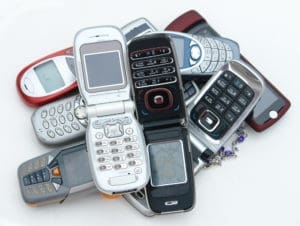 Back in the pre-smartphone days, an international group of hackers set out to prove no technology was safe from malware. In June 2004, the group 29A — 29A being the hexadecimal version of “666” — released the first virus targeting mobile phones to a group of cybersecurity firms.
Back in the pre-smartphone days, an international group of hackers set out to prove no technology was safe from malware. In June 2004, the group 29A — 29A being the hexadecimal version of “666” — released the first virus targeting mobile phones to a group of cybersecurity firms.
The beginning of mobile malware
Known as Cabir, the malware affected mobile phones running the Symbian operating system (specifically the Nokia Series 60). When a phone was infected, its screen would display the word “Caribe” upon launch. Using Bluetooth, the infected phone would then search a 30-meter vicinity for other phones to infect. A user had to accept Cabir on his or her phone to install it, but because it came disguised as a security software, it was easy to see how someone could fall for it.
The endless Bluetooth searching drained battery life, but otherwise Cabir was harmless. However, the fact that similar code could be used to wipe contacts or automatically send messages was not lost on the security firms that received Cabir directly from 29A. They swiftly issued warnings about protecting mobile phones from malware attacks.
For 29A, Cabir was just another warning shot. The virus writers (who primarily hailed from the Czech Republic and Slovakia) also claimed that they created the malware called “Rugrat” that targeted Windows 64-bit operating systems. Defunct since 2008, the group sporadically published a magazine that featured malware how-tos.
Photo: Bakalusha / Shutterstock.
